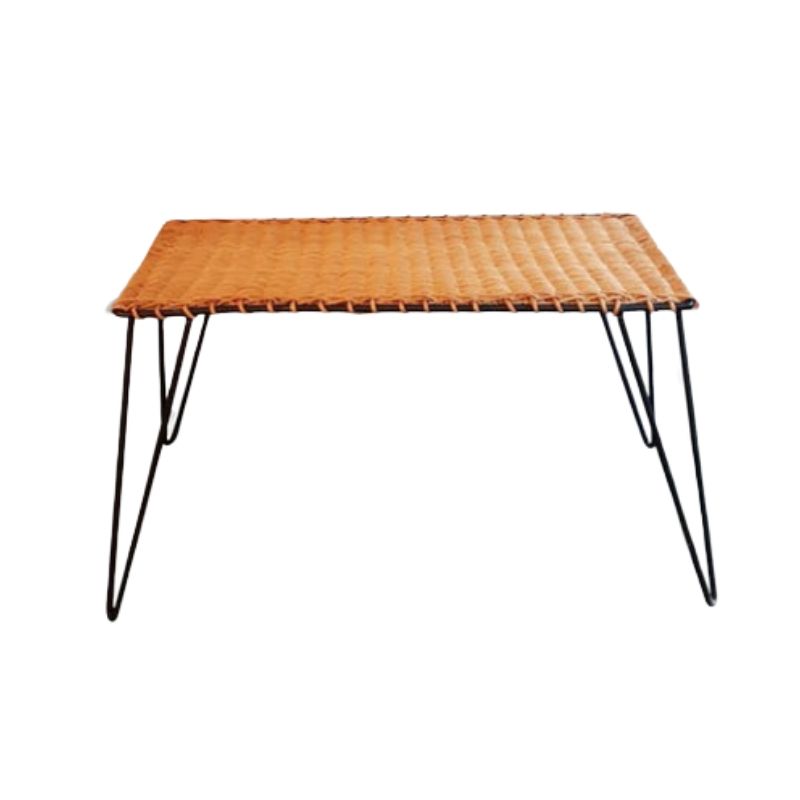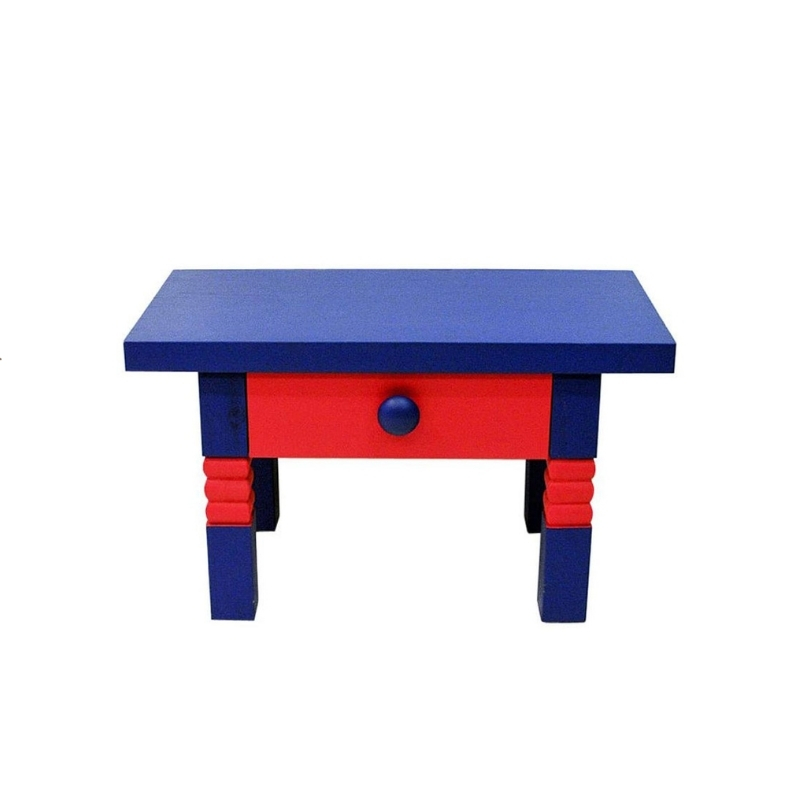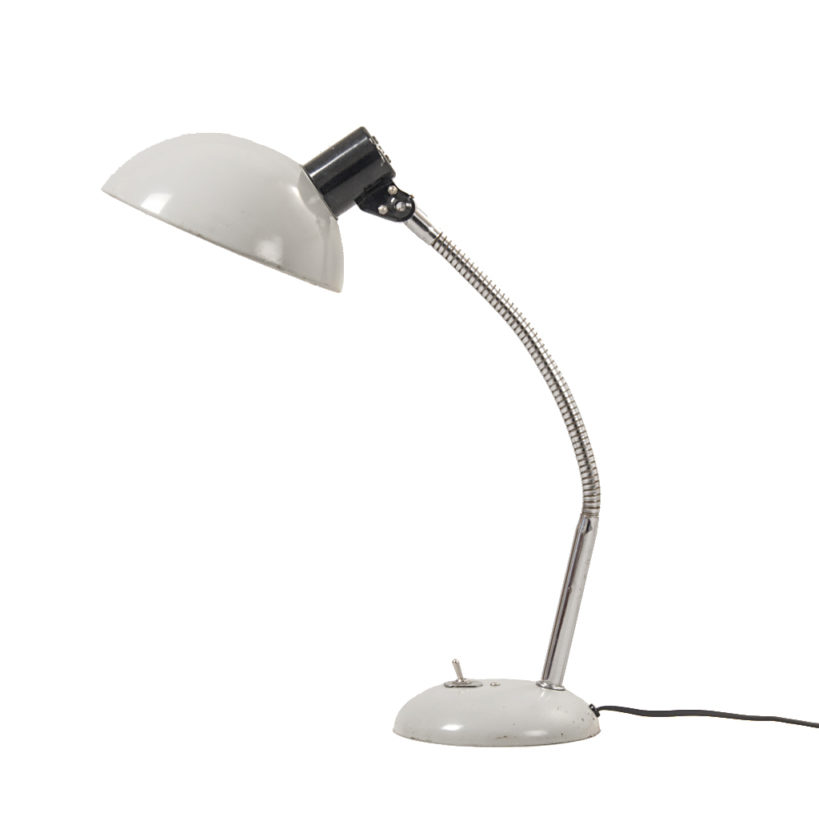Has anyone read the essay "The Birth of Modernism" by Natalie Ilyin, in the newest issue (Nov/Dec 2006) of Adbusters?
It really puts everything in a new perspective. The intertwining of war and modernism, fear and love.... dcwilson and koen, you'll enjoy her take on it.
Is modernist design borne from fear, or from love? My opinion: this essay is a "must-read" for everyone on this forum.
Hardcopy
The website is adbusters.org, but the article is not online. The issue just hit Canadian newstands this week. The cover has a photo of an F-14 breaking the sound barrier and says "Apocalypse Soon".
There is another interesting article following the Gropius piece, about the rise of the "Starchitect". It is a very good read.
http://www.adbusters.org/home/
Dear...the_beloved
It takes some time for these magazines to get to the country side, but I finally read Natalia Ilyin's piece.
I knew about monday-morning-quarter-backs. I did not know about monday-morning historians or psychiaters. Natalia Ilyin, plays both and plays it very badly. I am sorry but it is hardly worth my time to even discuss it. But just for argument sake. First of all she overstates the importance of both Walter Gropius and the Bauhaus. He is not "...the great patriarch..." Most of the ideas that became the basis of the Bauhaus manifest (that he did not produce alone) were formulated earlier and the link she makes with the first world war in that respect is silly because the real pivotal point was the Köln Deutsche Werkbund meeting in 1914 (just before the start of the war) and more specifically the discussion between Hermann Muthesius and Henri Van De Velde ( the founder of the Weimar school (Kunstgewerbeschule Weimar and the one that recommended Walter Gropius as his successor. Gropius build an educational system on a number of ideas that had been circulating throughout Europe. A substantial part of them came from people that had not been involved by the first world war (Van Doesburg and the rest of the Dutch influence on the Bauhaus for instance)
To build on how Gropius might have been affected by the war is pure speculation and her freudean analysis is build on very thin sand. To compare figures from Verdun with 9/11 is a very strange kind of revisionism. The significance of the tragedy of 9/11 is very much linked to the fact that up to that date people in N.Y. and the U.S. had a legitimate sense of security. People in Europe in the beginning of the century had a far more fatalistic perception of live, they had to, war and dead had been an important part of their lives. She brings upp her grandfather, let me do the same just to illustrate a different attitude born out of different circumstances. He was born in the late 1880's in the middle of the French-German war, his daughter...my mother, was born toward the end of the first world war and I enjoyed the first sun light in the middle of the second world war. So, for my grandfather war was a cyclic notion and he was convinced that we, around the time that we would have children would have to live through yet another war...His comment to me was: "When you will have your war...at least they will not use any horses anymore" He was a blacksmith and loved horses...This is not the attitude of a traumatised person.
cont.
This is the fatalistic attidude of people are defenceless against the stupidity of the ones in power, and have seen this for many generations. Alow me another exemple of this difference in attitude and expectations.
About two months before I was born the place were my parents and older brother lived was bombed, for no known reasons other than that a number of U.S. pilots and other flying personal wanted to have some extra time above occupied territory in order to be elegible for Eastern holidays with their families in the U.S. It killed close to 2000 people and one or two German soldiers. The schools were flattened and over 300 children died . Although it wiped out 1/6th of the population the reaction of the survivors was not in any way comparable to the 9/11 survivors....When in the late fifties one of the pilots in his last days before cancer took his life, send a letter to apologize...it was read in the not yet re-build chirch... my mother commented:"..why would he apologize, all wars are meaningless.." So what is the point in trying to compare the number ofvictims of WW1 to the elimination of Manhatten's total population.. to prove what? Walter Gropius' wife was the former Mrs Gustav Mahler (yes the composer) maybe Natalia Ilyin can use this as a start for another Freudean exercise..."...demonstrating ones more that Gropius did not design from love but from fear!..." really....
She started off her article by describing the quite moment of waiting for the tea water to boil...I think that telling us about making tea and enjoying drinking it would have made a far better contribution to Adbusters....but thanks for making me read it!!
Mrs. Mahler?
I have been called many things, most of them colorful, but never have I been identified as a Freudian. Always interesting to hear a fresh perspective.
http://www.nataliailyin.net
Hi Natalia,
I got inspired by your line: "...but the middle one (Gropius' WW1 experience) contains Freud's call to action."
I intend to read your book "Chasing the perfect", even if the excerpt in Adbusters is not much of an encouragement.
In it's most basic form to design is to plan, and nobody can plan without having some kind of vision of what the future in which this planned object or building will fit, looks like. An Utopia, as Thomas Moore introduced it, might be a symplified, idealised vision of that future but that symplified vision does not de facto excludes "mud, death and disease, rain trenches and blood" I think it is an appropriate matter of modesty to recognize that architecture and design have their limits and architectural and design theory, manifestos and school programs are not "weltfremd" just because they do not include a rescue plan for the Sudan or a peace plan for the middle east.
Horrible Design
I read this piece today in the bookstore. More than any of the subject matter I found the piece nearly impossible to read simply because of the design. The dark in on dark paper was a strain, followed by the curlie-q candyshop colors. I was under the impression design was meant to enhance a viewer's interaction, not frustrate it.
unfortunate printing
It is terribly unfortunate for me that the design of the essay makes the excerpt almost impossible to read. I so admire Adbusters and am sure that what ended up on the printed page is not what the designer saw on the screen. Do tell them your thoughts about hte design directly, if you have a moment.
Even I cannot bear to try to read it, and I appreciate the intrepid reader who gets through to the end of the excerpt. The book, however, is easy on the eye, and printed black on white with attractive pictures.
http://www.nataliailyin.net
Aside from the visuals
I thought the excerpt was presenting an interesting hypothesis. Having read Koen's comments I would like to see more of that hypothesis defended and expounded on.
I would like to comment on the very eloquent moment in Koen's response, in which his grandfather talks about the cyclical perception of war. Beautiful and touching.
Pencil point articles
I ran across this book to be released early May, 2007. It brings all of the interviews that George Nelson made with select European Architects from 1935/36, printed in Pencil Points magazine. Thought it might be of interest. I've ordered it and can't wait to read these essays.
http://yalepress.yale.edu/yupbooks/book.asp?isbn=0300115652
If you need any help, please contact us at – info@designaddict.com









